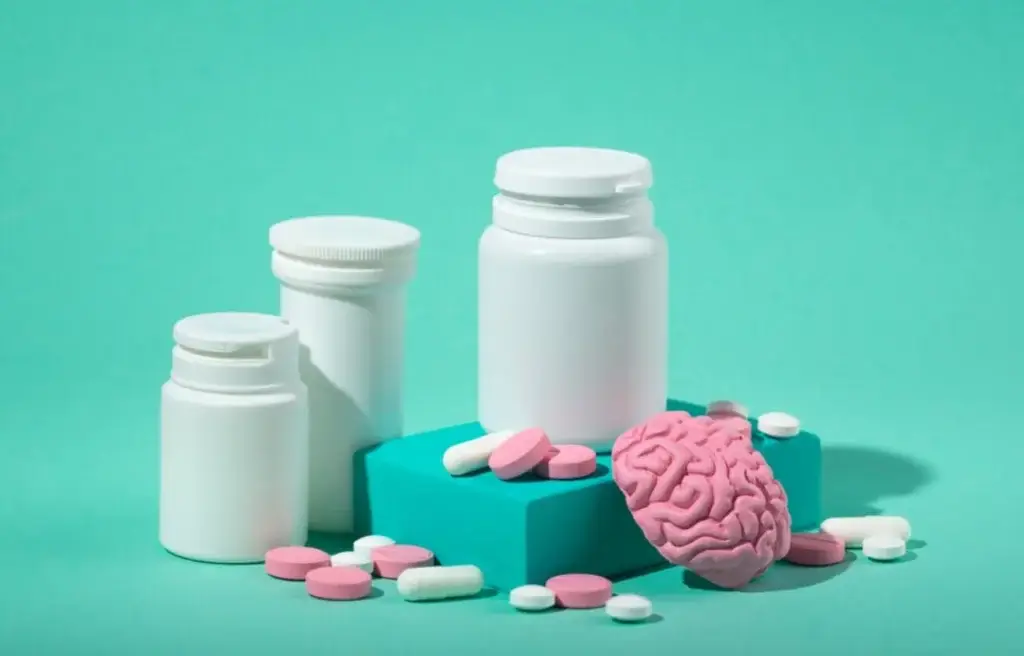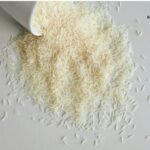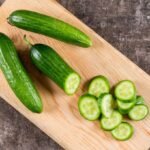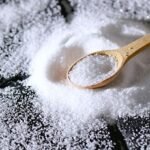Now Reading: Headache Relief: 7 Natural Drinks to Soothe and Heal Quickly
- 01
Headache Relief: 7 Natural Drinks to Soothe and Heal Quickly
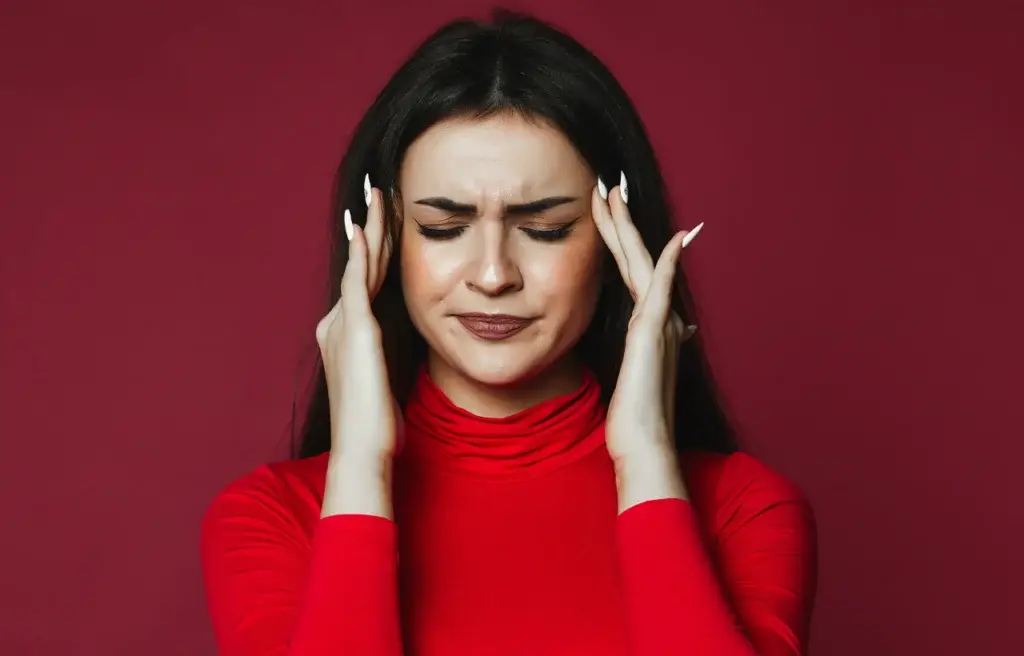
Headache Relief: 7 Natural Drinks to Soothe and Heal Quickly
We’ve all been there—that moment when a headache arrives uninvited, casting a shadow over our day with its persistent throbbing. Whether it’s the dull pressure of tension, the intense pulsing of a migraine, or the sharp pain that comes with sinus congestion, headaches have a way of demanding our immediate attention. While medication often becomes our first line of defense, there’s a gentler approach worth exploring: therapeutic drinks that can ease the pain. These soothing beverages work through multiple pathways—hydrating dehydrated tissues, delivering anti-inflammatory compounds, relaxing tense blood vessels, and providing comfort through warmth or coolness. In this article, we’ll explore seven scientifically-supported drinks that can help quiet the storm raging in your head, offering relief when you need it most.
The Science Behind How Drinks Can Help Headache Pain
Before we dive into specific remedies, it helps to understand why what we sip might make a difference in how our head feels. Headache pain emerges through several mechanisms that drinks can directly address:
Dehydration Connection: Many researchers consider dehydration a primary headache trigger, as even mild fluid loss can cause brain tissue to contract and pull away from the skull, activating pain receptors. Simply rehydrating can reverse this mechanism, which explains why water often brings swift relief.
Blood Vessel Dynamics: During certain types of headaches, particularly migraines, blood vessels in the brain either dilate or constrict abnormally. Some beverages contain compounds that help normalize these vascular changes—caffeine, for instance, constricts blood vessels, which explains why it’s an ingredient in many headache medications.
Inflammation Reduction: Neurogenic inflammation—the release of inflammatory substances around nerves—plays a significant role in headache development. Drinks containing natural anti-inflammatory compounds can help reduce this inflammation, potentially easing pain.
Stress Hormone Modulation: Tension headaches often involve elevated stress hormones like cortisol. Certain herbal teas contain compounds that can help lower these hormones, relaxing both mind and body.
Dr. Amelia Torres, neurologist at Cleveland Clinic, explains: “What we drink influences our brain chemistry, blood flow, and inflammatory response—all factors that contribute to headache development or relief. Often, the right beverage at the onset of pain can reduce the need for stronger interventions.”
With these mechanisms in mind, let’s explore the drinks that leverage these pathways to ease headache pain.
Water: The Simple Yet Powerful Headache Remedy
Nothing surpasses water when it comes to preventing and alleviating headaches. Despite its simplicity, water’s effectiveness against headache pain cannot be overstated:
Rehydration Power: When dehydration triggers your headache, water works remarkably quickly to restore fluid balance. Researchers estimate that approximately one-third of all headaches improve with proper hydration alone.
Toxin Removal: Water helps flush accumulated toxins from your system that might contribute to headache development, particularly those related to food sensitivities or environmental factors.
Improved Blood Flow: Proper hydration maintains optimal blood volume, ensuring adequate oxygen delivery to the brain and reducing the likelihood of pain-inducing oxygen deficits.
Dr. Michael Levine, hydration specialist at UCLA Medical Center, recommends a proactive approach: “Don’t wait until thirst or headache strikes. For headache prevention, aim to drink half your body weight in ounces daily. For someone weighing 160 pounds, that’s 80 ounces of water, ideally consumed steadily throughout the day rather than all at once.”
How to optimize water consumption for headache relief:
- Keep a reusable water bottle with you throughout the day
- Set timers or use hydration tracking apps as reminders
- Infuse water with cucumber, berries, or citrus if you find plain water unpalatable
- Begin your morning with 16 ounces of water to rehydrate after sleep
While other remedies can provide targeted relief, water remains the foundation upon which all other headache interventions should be built.
Ginger Tea: Nature’s Anti-Inflammatory Elixir
Few natural remedies match ginger’s impressive anti-headache credentials, particularly for migraines. This knobby root contains over 200 active compounds that work together to provide comprehensive relief:
Anti-inflammatory Action: Gingerols and shogaols in ginger inhibit prostaglandins and leukotrienes—inflammatory substances implicated in headache development—similar to how nonsteroidal anti-inflammatory medications work but without their potential side effects.
Nausea Relief: Ginger’s antiemetic properties help alleviate the nausea that often accompanies migraines, addressing this distressing symptom that sometimes feels worse than the headache itself.
Blood Flow Regulation: Compounds in ginger help normalize blood vessel tonicity, potentially addressing the vascular component of various headache types.
A 2014 study in the journal Phytotherapy Research found that ginger powder was comparably effective to sumatriptan (a common migraine medication) in reducing migraine severity, while causing fewer side effects.
Making effective ginger tea for headache relief:
- Use fresh ginger root for maximum potency (sliced or grated)
- Steep 1-2 tablespoons in boiling water for 10-15 minutes
- Add honey and lemon to taste (the acidity can enhance absorption)
- Drink at the first sign of headache pain or migraine aura
Headache specialist Dr. Jennifer Wu suggests: “For chronic headache sufferers, I recommend daily ginger tea as a preventive measure. For acute relief, prepare a stronger brew and sip slowly in a quiet, dimly lit environment.”
Feverfew Tea: The Traditional Migraine Tamer
Long before modern migraine medications existed, people turned to feverfew—a daisy-like herb with remarkable headache-fighting properties:
Parthenolide Power: Feverfew contains parthenolide, a compound that inhibits serotonin release and prevents blood vessels from constricting and dilating abnormally—key factors in migraine development.
Inflammation Blockade: The herb blocks prostaglandin synthesis and reduces platelet aggregation, addressing multiple inflammatory pathways involved in headache generation.
Cumulative Prevention: Regular consumption appears to have cumulative effects, making it particularly valuable for those with frequent migraines.
A systematic review in Systematic Reviews journal found that taking feverfew regularly reduced migraine frequency by about 0.6 attacks per month, with some studies showing even stronger effects.
Preparing feverfew tea effectively:
- Use 1 teaspoon dried feverfew leaves per cup of hot water
- Steep for 5-10 minutes, covered
- Add honey to counteract the bitter taste
- Consume regularly for preventive effects
Dr. Sarah Patel, integrative medicine physician, advises: “Feverfew works best as a preventive rather than an acute treatment. Drink it daily between headaches, rather than only when pain strikes. However, pregnant women and those on blood thinners should avoid feverfew due to potential interactions.”
Caffeine: The Double-Edged Sword for Headache Sufferers
Caffeine’s relationship with headaches is complex—it can both cause and relieve pain depending on circumstances and consumption patterns:
Pain Relief Mechanism: Caffeine constricts dilated blood vessels, which explains why it’s an active ingredient in many over-the-counter headache medications like Excedrin. This vasoconstriction can provide rapid relief, particularly for migraines.
Enhanced Medication Absorption: Research shows caffeine can increase absorption of other pain relievers by up to 40%, making your medication more effective when paired with a caffeinated beverage.
Withdrawal Headaches: Regular caffeine consumers who suddenly reduce intake often experience withdrawal headaches when blood vessels dilate in response to the absence of caffeine.
Individual Sensitivity: Some people find caffeine triggers their headaches, while others experience consistent relief—highlighting the importance of understanding your personal response.
The American Migraine Foundation recommends caffeine intake be limited to 200mg daily (roughly two 8-ounce cups of coffee) to avoid the rebound headache cycle.
Optimal caffeine sources for headache relief:
- Black coffee (strongest and fastest-acting)
- Green tea (moderate caffeine with added anti-inflammatory compounds)
- Black tea (gentler than coffee but still effective)
- Dark chocolate beverage (small amounts of caffeine plus magnesium)
Dr. Robert Chen, headache researcher, suggests: “For occasional headaches, a cup of coffee can be remarkably effective. However, for frequent headache sufferers, I recommend monitoring caffeine intake carefully and maintaining consistency day to day to avoid withdrawal headaches.”
Peppermint Tea: The Tension Headache Relaxer
When stress wraps your head in a tight band of pain, peppermint tea offers targeted relief through multiple mechanisms:
Muscle Relaxation: Menthol in peppermint relaxes tense muscles, including those in the scalp and neck that often contribute to tension headaches.
Pain Signal Disruption: Peppermint contains natural compounds that disrupt pain signals, creating a mild analgesic effect—similar to how topical menthol products work but from the inside out.
Stress Reduction: The act of sipping warm peppermint tea activates parasympathetic nervous system responses, counteracting the stress that often triggers tension headaches.
Improved Digestion: Peppermint’s digestive benefits can help with headaches triggered by digestive distress or nausea, creating a comprehensive approach to relief.
A study in the International Journal of Neuroscience found that peppermint oil (the concentrated form of what’s in the tea) significantly reduced headache intensity within 15 minutes.
Preparing effective peppermint tea:
- Use 1-2 teaspoons fresh peppermint leaves or 1 teaspoon dried
- Steep covered for 5-10 minutes to retain essential oils
- Inhale the steam while drinking for additional aromatherapy benefits
- Add honey if desired, but avoid dairy which can diminish the active compounds
Neurologist Dr. Lisa Manfred explains: “The combination of drinking peppermint tea while inhaling its aroma creates a two-pronged approach—systemic effects through digestion and direct impact on the nervous system through olfactory pathways.”
Cherry Juice: The Natural Pain Reliever
Tart cherry juice has emerged as a powerful natural remedy for headache pain, particularly those related to inflammation or sleep disturbances:
Natural Anti-inflammatory: Tart cherries contain some of the highest levels of anthocyanins among foods—these compounds reduce inflammation comparably to COX-1 and COX-2 inhibitors found in pain medications.
Melatonin Boost: Cherries are one of the few food sources of melatonin, helping regulate sleep cycles that, when disrupted, often trigger headaches.
Muscle Recovery: The anti-inflammatory properties help relieve tense neck and shoulder muscles that refer pain to the head, addressing a common headache pathway.
Research published in the Journal of Functional Foods found that consuming tart cherry juice daily reduced inflammatory markers by up to 25% in study participants.
Using cherry juice effectively for headaches:
- Choose unsweetened tart cherry juice for maximum benefits
- Consume 8-12 ounces daily for prevention
- Drink chilled rather than heated to preserve the active compounds
- For acute relief, try 8 ounces followed by resting in a dark room
Nutritional neurologist Dr. Emily Wong recommends: “For those with sleep-triggered headaches or morning migraines, I suggest drinking tart cherry juice about an hour before bedtime. This provides both the immediate anti-inflammatory effects and sleep-regulating benefits that can prevent waking with headache pain.”
Willow Bark Tea: Nature’s Original Aspirin
Before pharmaceutical aspirin existed, people turned to willow bark—the natural source of salicylic acid that inspired modern pain relievers:
Nature’s Pain Reliever: Willow bark contains salicin, which the body converts to salicylic acid—the active component in aspirin that reduces inflammation and pain.
Gentler Action: Many find willow bark provides similar relief to aspirin but with fewer gastrointestinal side effects, as the conversion happens more gradually in the body.
Longer Duration: The compounds in willow bark tend to be released more slowly than synthetic aspirin, potentially providing more sustained relief.
A clinical trial published in Phytomedicine found willow bark extract effective for treating tension headaches and migraines with fewer side effects than synthetic alternatives.
Preparing willow bark tea effectively:
- Use 1-2 teaspoons dried bark per cup of water
- Simmer (don’t just steep) for 10-15 minutes to extract active compounds
- Add honey and lemon to offset the bitter taste
- Drink at the first sign of headache pain
Important precaution: Dr. Michael Finch notes: “Those with aspirin allergies, bleeding disorders, or taking blood thinners should avoid willow bark tea, as should pregnant women and children under 16—essentially the same precautions as with aspirin.”
When to Sip and When to Seek Help
While these healing beverages can provide significant relief, it’s important to recognize when professional medical attention becomes necessary:
Try these drinks when:
- You recognize your usual tension or occasional migraine pattern
- The headache is mild to moderate in intensity
- You have no concerning additional symptoms
- You’ve had similar headaches in the past that resolved with self-care
Seek medical help when your headache:
- Feels like “the worst headache of your life”
- Develops suddenly and severely (often described as a “thunderclap”)
- Accompanies fever, stiff neck, confusion, or rash
- Follows a head injury
- Worsens despite rest and home remedies
- Persists for more than 72 hours
- Interferes with daily activities despite medication
Dr. Caroline Winters, emergency medicine physician, advises: “Natural remedies have their place, but certain headache patterns require immediate medical evaluation to rule out serious conditions. When in doubt, particularly with any neurological symptoms, contact your healthcare provider.”
Creating Your Personalized Headache Relief Plan
Rather than viewing these drinks as competing options, consider developing a personalized hydration strategy that incorporates multiple beneficial beverages:
Prevention Routine:
- Start each day with 16oz water
- Maintain consistent caffeine intake if you’re a regular consumer
- Include ginger or feverfew tea daily if you get frequent headaches
- Drink tart cherry juice in the evening if sleep issues trigger your headaches
Acute Relief Plan:
- At first sign of pain: 16oz water + medication (if you typically use it)
- For tension headaches: Peppermint tea while practicing deep breathing
- For migraines: Strong ginger tea in a quiet, dark environment
- For inflammatory headaches: Willow bark tea or tart cherry juice
Pain management specialist Dr. Thomas Reed suggests: “Track which drinks provide the most relief for your specific headache types. Everyone’s neurobiology is slightly different, and personalization is key to finding your optimal relief strategy.”
Conclusion
When headache pain strikes, reaching for a therapeutic drink provides more than just hydration—it offers an opportunity to deliver natural compounds that address the underlying mechanisms of your pain. From water’s simple rehydrating power to the complex anti-inflammatory actions of ginger and willow bark, these beverages represent some of our oldest and most reliable headache remedies. While they may not completely replace medication for severe headaches or migraines, they offer a gentle first line of defense and valuable complementary support to conventional treatments.
Next time you feel the familiar pressure or pounding beginning, before reaching for medication, consider heading to your kitchen to prepare one of these healing beverages. The right drink at the right time might just turn the tide of pain, allowing you to return to your day with greater comfort and clarity.
Disclaimer: This article contains general information for educational purposes only and is not a substitute for professional medical advice. Always consult with a qualified healthcare provider regarding persistent, severe, or concerning headaches. The drinks discussed may interact with certain medications or medical conditions. If you have known allergies, are pregnant or breastfeeding, have liver or kidney disease, or take prescription medications, consult your healthcare provider before using these remedies.



